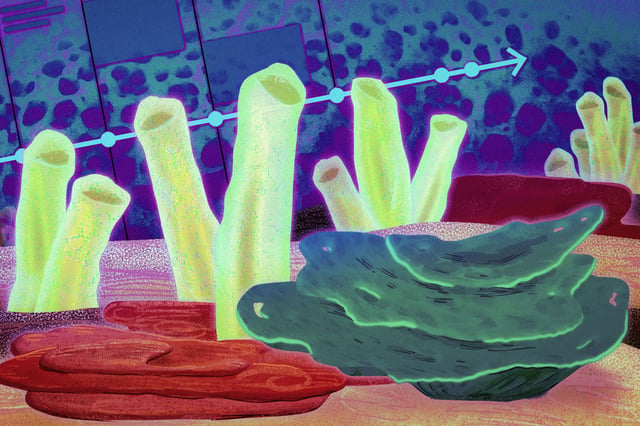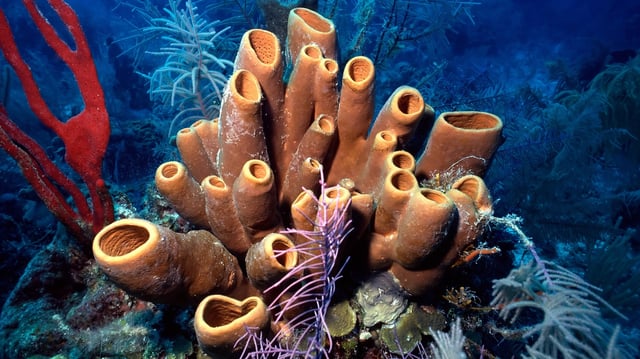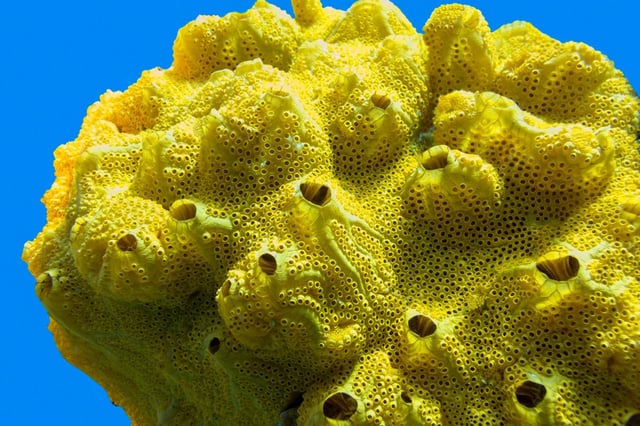Overview
- An MIT-led PNAS study reports abundant C31 alongside C30 steranes in rocks older than 541 million years, strengthening a demosponge origin for the signals.
- Drill cores and outcrops from Oman, western India, and Siberia yielded the rare biomarkers in Ediacaran-age sediments.
- Analyses of living demosponges identified matching C31 sterols, tying modern biochemistry to the ancient sterane signatures.
- Laboratory synthesis of eight C31 sterols followed by simulated fossilization showed only two yield the exact rock products, arguing against nonbiological formation.
- The results reinforce a 2009 sponge interpretation while leaving precise timing and morphology unresolved, and the team plans broader global sampling to refine the record.



